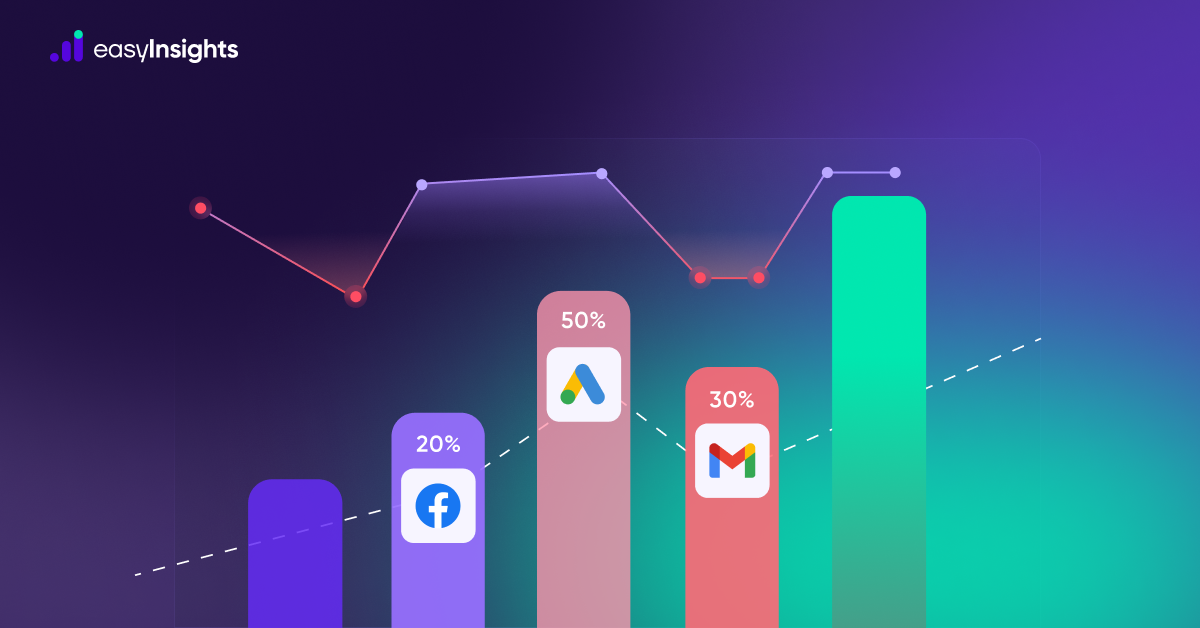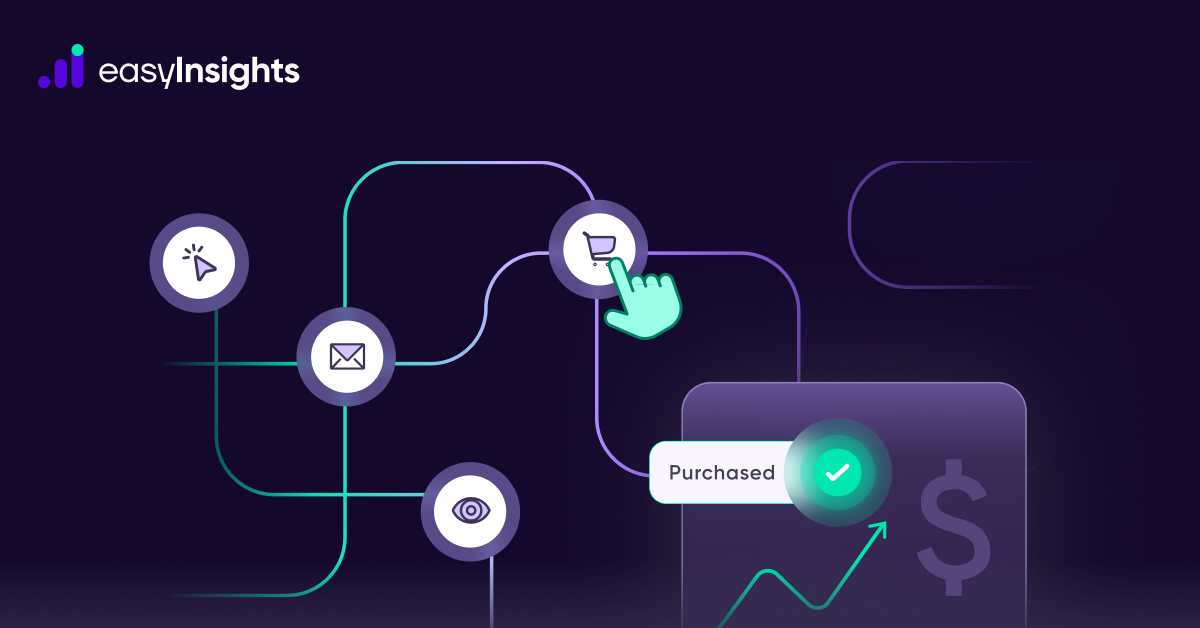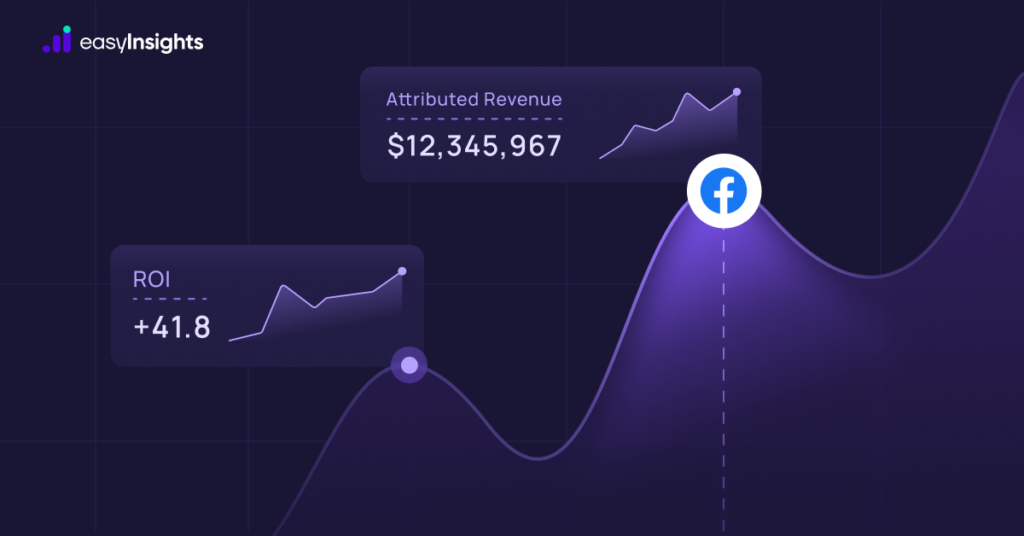
Businesses today use multiple marketing channels to reach their target audience. These channels create numerous touchpoints. The more touch points there are, the more challenging it is to understand which marketing efforts are driving conversion. However, without this understanding of how channels contribute to the effectiveness of your marketing, it is impossible to optimize your Returns on Investment (ROI). This is where marketing attribution comes in.
Marketing attribution assigns credit to marketing activities that lead to a conversion. It helps marketers identify which touchpoints have the most significant impact on customer decisions. Effective marketing attribution connects your marketing efforts to key metrics like ROI. It also reveals patterns and trends that can inform and improve your future marketing efforts.
Here, we discuss how to use various marketing attribution models to optimize your ROI.
Jump ahead to:
Defining Marketing Attribution Channels
Marketing attribution channels are the various touch points through which potential customers interact with your brand during their journey to conversion. Defining these helps you accurately attribute credit to marketing efforts that drive results. Some channels that you may be using include:
- Paid Media: These channels include paid advertising efforts like pay-per-click (PPC) ads, display ads, and social media ads.
- Owned Media: Owned media refers to channels that your brand controls. This includes your company website, blog, email marketing campaigns, and social media profiles.
- Earned Media: Earned media encompasses organic visibility gained through search engine optimization (SEO), public relations, social media shares, and word-of-mouth recommendations.
- Shared Media: Shared media includes interactions and engagements on social platforms. This may consist of user-generated content, social media mentions, and community-driven discussions that contribute to brand awareness and engagement.
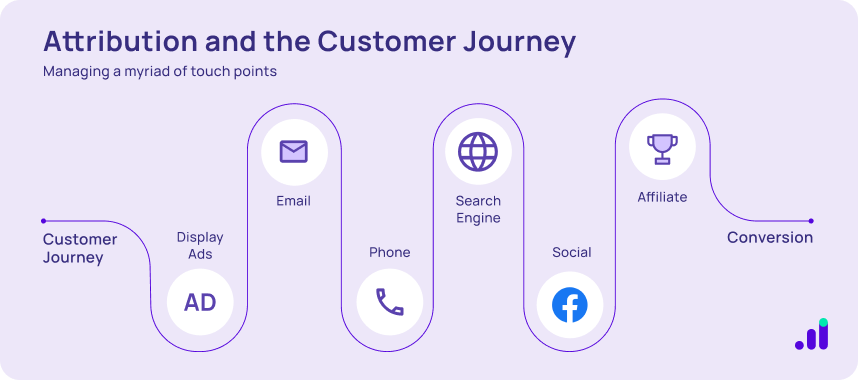
Additional Read: Marketing Strategies to Improve ROI
Steps to Improve ROI through Marketing Attribution
Now, let’s look at how you can use marketing attribution to see which marketing efforts are driving desired results and make necessary changes to improve your ROI.
Step 1: Analyze Attribution Data
Before diving into different attribution models and how they can help optimize ROI, start by analyzing your current attribution data. For this, you’d have to set clear goals and KPIs to guide your marketing efforts.
Start by establishing specific, measurable goals. Are you aiming to increase your overall sales, improve lead generation processes, or increase customer engagement?
After this, establish KPIs. Some KPIs include metrics like conversion rates, cost per acquisition (CPA), return on ad spend (ROAS), and customer lifetime value (LTV). You can use these benchmarks to evaluate the current effectiveness of your marketing efforts and identify areas that need improvement.
Step 2: Choose the Right Attribution Model
Selecting a suitable attribution model helps you assess your marketing efforts accurately. Each model provides different insights into the customer journey and highlights different touch points. We’ll look at how you can use single-touch (first interaction and last interaction) and multi-touch marketing attribution models to improve ROI.
1. Using First Interaction Attribution
The First Interaction Attribution Model assigns 100% of the credit to the first touchpoint that initiates the customer journey. It helps you identify channels that are best at driving initial awareness and interest.
By focusing on the first touchpoint, you can identify which marketing channels are most effective at attracting potential customers. With this information you can influence your ROI by allocating resources to channels that drive the most initial engagement. If your first interactions are predominantly through specific channels, like social media or PPC ads, you can optimize these efforts to increase traffic or awareness.
To improve ROI using the First Interaction Attribution Model, focus on enhancing the effectiveness of your top-of-funnel strategies. However, remember that the first interaction model does not account for the contribution of subsequent mid and bottom-of-funnel touch points toward your ROI, which means you may be overlooking valuable channels.
Additional Reading: First Click Attribution Model : How to Optimize Brand Awareness
2. Using Last Interaction Attribution
The Last Interaction Attribution Model gives all the credit to the final touchpoint before conversion. This model is helpful in identifying which channels are most effective at closing a sale.
By focusing on the last touchpoint, you can see which marketing efforts are directly driving conversions. With this information, you can optimize strategies for the final stages of your sales funnel and refine your marketing techniques to reach your target audience.
To improve ROI using the Last Interaction Attribution Model, focus on enhancing the effectiveness of your closing strategies. However, it’s important to note that with this model, you may be overlooking earlier touchpoints that are important to the customer’s journey.
Additional Reading: First-Click or Last-Click Attribution Models: What is Right for Your Marketing Strategy?
3. Using Multi-Touch Attribution Models
Multi-touch attribution models distribute credit across multiple touchpoints. These models offer a birds-eye view of the customer journey and the various interactions that lead to a conversion. Here are several strategies to optimize ROI using multi-touch attribution models:
A. Identify Key Touch Points
You can pinpoint touch points that significantly impact conversions by analyzing the complete customer journey. For instance, you may find that certain blog posts, social media interactions, or email campaigns are guiding prospects toward a purchase. You can use this information to invest more in high-performing channels and enhance your content and messaging at these touchpoints.
B. Optimize Your Channel Mix
Multi-touch attribution helps you understand the relative effectiveness of different marketing channels. Using these models helps you adjust your marketing budget to focus on channels that yield higher ROI. You can also identify and cut spending on underperforming channels.
Additional Read: Everything You Need to Know About Marketing Attribution Models
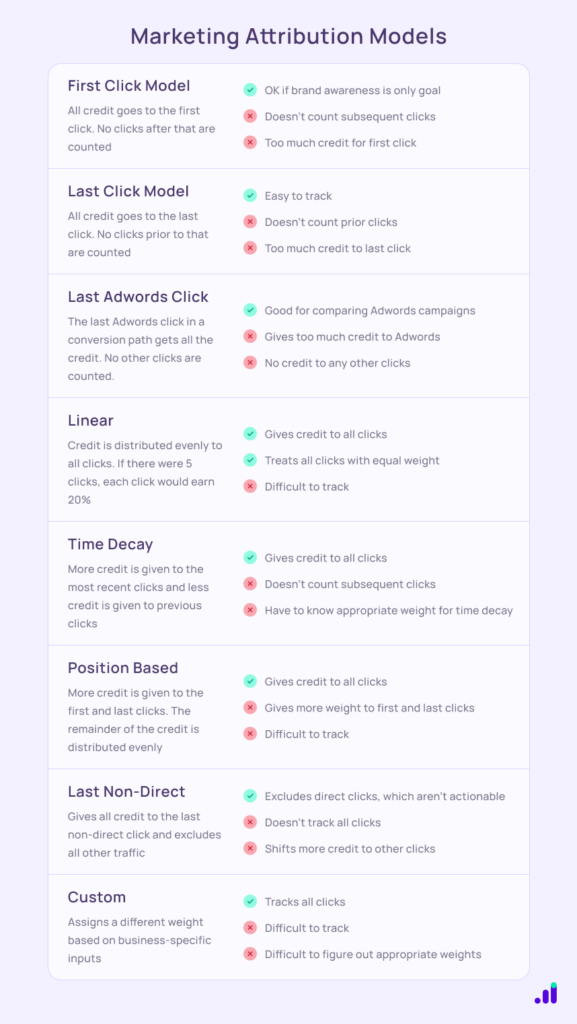
Step 3: Align Marketing and Sales Teams
Aligning your marketing and sales teams is highly beneficial if your goal is to maximize the benefits of marketing attribution. In fact, brands with strong marketing and sales collaboration are 67% better at closing deals. This collaboration ensures that both teams work towards common goals and leverage attribution data to optimize ROI.
Marketing attribution focuses on understanding which marketing efforts drive conversions, while sales attribution looks at how these leads are managed and converted by the sales team. Integrating these two perspectives provides a comprehensive view of the entire customer journey, from initial impression to final sale.
Strategies for Alignment
- Introduce integrated CRM systems to provide real-time access to attribution data for both marketing and sales teams to work with.
- Define shared goals and KPIs that reflect the contributions of both teams. Some examples of joint KPIs are lead conversion rates, revenue generated from marketing efforts, and customer acquisition costs.
- Develop a lead scoring system that both teams agree on, using attribution data to rank leads based on their likelihood to convert.
Step 4: Test and Refine
Using marketing attribution for optimizing ROI is not a set-it-and-forget-it process. It requires ongoing testing and refinement to ensure you’re getting the most accurate and actionable insights. Here are strategies to effectively test and refine your attribution models for optimal ROI.
A. Continuous A/B Testing
A/B testing is an important technique used in marketing analytics. Apply it to your attribution models to see which ones yield the most accurate and actionable insights.
For this, choose different attribution models and use different segments of your audience as control groups for each model. Track the performance of each model over a defined period. Focus on metrics like conversion rates, Customer Acquisition Cost (CAC), and ROAS. Compare the outcomes to determine which model provides the most reliable insights.
B. Conduct Multivariate Testing
Multivariate testing goes beyond A/B testing by simultaneously testing multiple variables to see their combined effects. Determine which aspects of your marketing efforts to test, such as messaging, channels, and timing. You can use software that supports multivariate testing to set up and track these variables. Look into how different combinations of variables impact your ROI and adjust your strategies accordingly.
C. Regular Reviews and Updates
Marketing dynamics and consumer behaviors change over time. Review and update your attribution models to keep them relevant and provide you with the most optimal ROI.
Using Marketing Attribution to Improve ROI: Use Cases
Marketing attribution can significantly enhance your ROI by providing a detailed understanding of how various marketing efforts contribute to conversions. Let’s take a look at some scenarios where businesses may leverage attribution to optimize ROI.
1. Multi-Channel Campaign Optimization
Businesses that run multi-channel marketing campaigns may want to understand which channels drive the most value. By implementing a multi-touch attribution model, they can track and analyze the customer journey across email, social media, paid search, and organic search.
The company can then improve its overall campaign efficiency and boost its ROI by reallocating the budget towards high-performing channels.
2. Enhancing Customer Journey Insights
If your goal is to improve your understanding of the customer journey, using a position-based attribution model helps identify key touchpoints influencing customer decisions. You can improve content at these touchpoints to increase conversion rates and maximize your ROI.
EasyInsights for Marketing Attribution
Implementing marketing attribution models requires continuous analysis and refinement. Begin by setting goals and KPIs, then choose the right attribution models to fully understand your customers’ journey. Regularly test and adjust your strategies. Use insights from your attribution data to allocate resources efficiently and optimize your ROI.
EasyInsights Attribution allows you to track and analyze the effectiveness of your campaigns, adapt them as your goals evolve, and optimize key metrics such as CAC, ROAS, CLV, and CPA. Using first-party data, EasyInsights ensures you have reliable and accurate insights to improve your marketing strategies and maximize ROI.
Book a demo with EasyInsights today to incorporate our attribution model into your marketing strategy!




